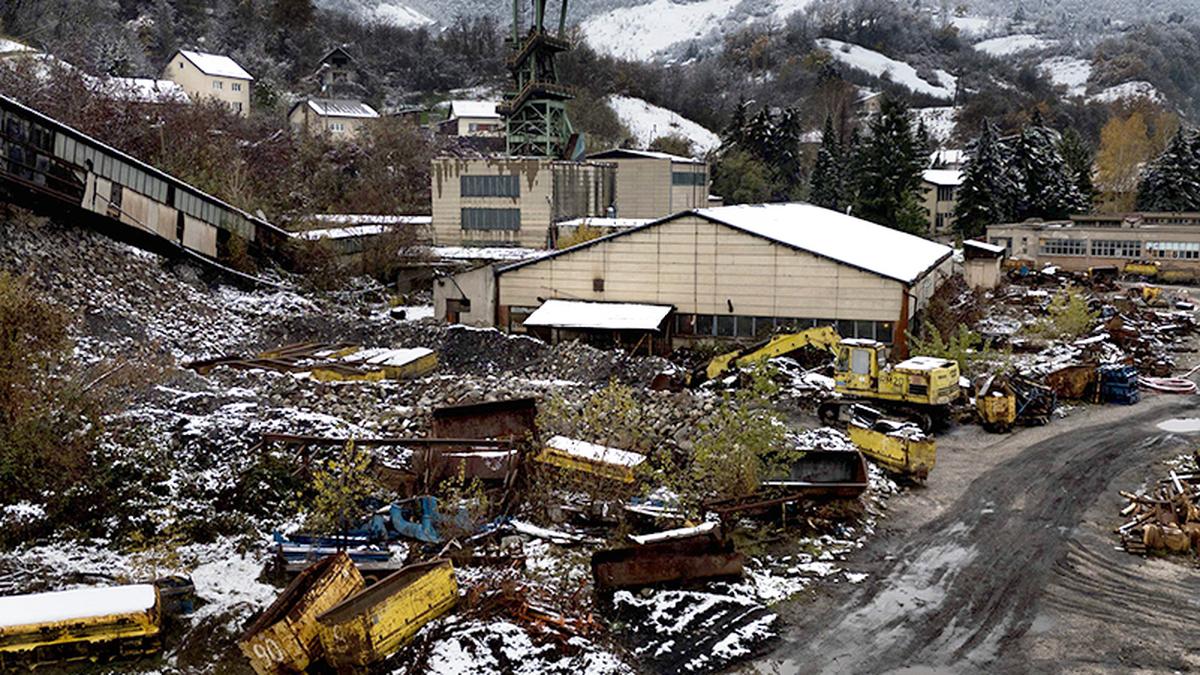
In Bosnia, the path to renewables runs through its coal mines
The Hindu
Bosnia's largest underground mine faces uncertain future as country aims to decarbonize by 2050, impacting coal industry and economy.
At 250 metres underground, the dust is thick and oxygen is in short supply at the Mramor mine in northeastern Bosnia.
The facility is the largest underground mine in the country and has long provided the fuel for the nearby Tuzla power station.
But its future - like that of mines across the country - is now all but settled, as the Balkan nation prepares to decarbonise the country by 2050.
Until then, mining continues to be done the old-fashioned way in Mramor - with picks, shovels and dynamite, veteran digger and union representative Senad Sejdic, 52, told AFP.
The work is backbreaking but Mr. Sejdic remains hopeful that the anticipated arrival of a modern excavator will make reaching the seam's premium coal an easier task.
"It would allow us to increase the annual haul from 140,000 tonnes to nearly 400,000 and to work in better safety conditions," said Mr. Sejdic.
Beyond the economic stakes, Mr. Sejdic has as emotional investment: his father was killed in a mining accident in the same area in 1990 that left 180 dead.













